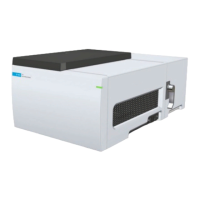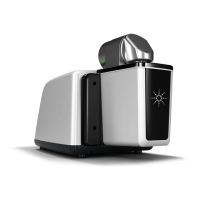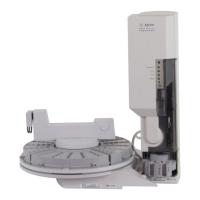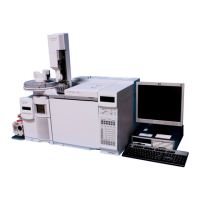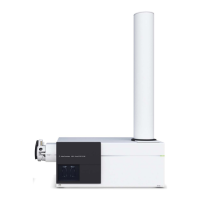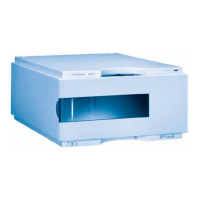48 Agilent Cary 8454 UV-Visible Spectroscopy System Installation Guide
3 Good Measurement Practices
General Considerations
A similar effect can occur in cases of incomplete mixing. This is especially
true where the specific gravities or miscibilities of the solvent and analyte
are quite different. Again, stirring is a way to prevent this kind of
problem.
In an unstirred cell, it is sometimes possible to observe local
photodegradation of sensitive analytes. Because the actual volume of the
sample in the light path is very small, stirring the sample will reduce the
time any given analyte molecule is in the light path. This minimizes the
photodegradation and increases homogeneity. Using a flow cell with
continuous flow can yield similar results.
Checklist for Best Results
Cell:
✔ Cell is made of quartz or glass
✔ Apertured cells have black sides
✔ Apertured cells have an aperture greater than or equal to 3 mm
✔ Cell windows are free of fingerprints and other contamination
✔ Flow cell used instead of an apertured standard cell
Measurements:
✔ Solution in cell is free of floating particles
✔ Both solution in cell, and cell walls are free of bubbles
✔ Solution in cell is mixed homogeneously
✔ Blank measured on same solvent as sample
✔ Blank measurement shows a flat baseline (Figure 11 and Figure 12
show a good and a poor baseline)
✔ Cell orientation of blank and sample measurements is the same
✔ Ideally, the cell is not removed between the measurement, which means
the cell is filled/rinsed using a pipette or a flow cell is used
✔ Time between blank and sample measurement should be short
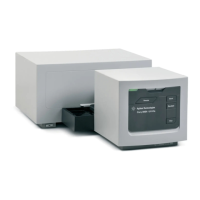
